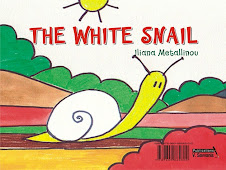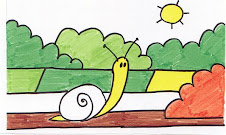
HISTORY IN BRIEF Due to its important geographical position the island is the border between the East and the West. Mythology mentions Pheakes, the first inhabitants of Kerkyra whose hospitality to Ulysses when he shipwrecked on the island was made known through the works of Homer in Odyssey. Mythology also mentions the myth of Kerkyra, one of the twelve daughters of Assop and his wife, Metopis. Poseidon, the god of the sea, fell in love with her, kidnapped her and brought her to this island to hide her from his wife, Amphitreti. However, Pluto, the god of Addis, envied Poseidon's success, and one night he kidnapped Kerkyra and took her down to Adis, leaving Poseidon their baby, Phaiakas. Therefore, in the years of Ulysses the island was named after him and was called the island of Phaeceans. The island was also called by the Greek name of ‘drepanon’, because of its shape, and ‘Corfu’, because of the two peaks of mount Pantokrator. In 734 the island was a Korinthian colony. Herodotus mentions that Kerkyra was at that time the best nautical force after Athens. The fact that Corfu possesses a vital strategic position was certainly a main cause for the island's occupation by various invaders such as Romans, Byzantines, Goths, Venetians, Sicilians and Catalans. Romans took over the island and then the Venetians in 1205. . In 1537 the Ottomans attacked the island and the Venetian aristocrats ordered the residents to destroy their houses so as the Ottomans will not be able to take shelter and then settle down. It is said that over twenty thousand inhabitants were captured during the siege and then were sent to Istanbul. If the island did not have strong fortification it is certain that it would fall in the hands of the Ottomans who eventually surrendered and withdrew from the island. Later on, additional fortresses were built and the defense of the island was fortified. Kerkyra remained under the reign of the Venetians until 1797. That year, Napoleon occupied Venice and the island was taken over by the French for the short period of one year. In 1799 the Ottomans occupied Corfu and next, after an agreement Turkey and Russia signed, the island was divided into sectors. That also lasted for a short time because, in 1815, the area was occupied by the British who kept the island until 1864, when they finally withdrew and handed it over to Greece. In 1824 the British built the Ionian Academy, which still exists. Till today, on the 21/05 every year, The Corfiots celebrate the anniversary of their freedom from the British by organizing church prayers, sport events and school parades. So, in 1864, Corfu joined Greece. But despite the fact that Corfu became Greek, the Italians never stopped desiring the possession of the island, so, in 1923 they bombed Corfu. In 1941 they occupied the island where they remained until 1943, when the Germans occupied it. The island was freed in 1944. ARCHITECTURE It is influenced by the west since the island was connected to the west for seven centuries. The Italian influence is shown at Liston area (Venetians 1205-1214) (See Liston in the picture above). |









